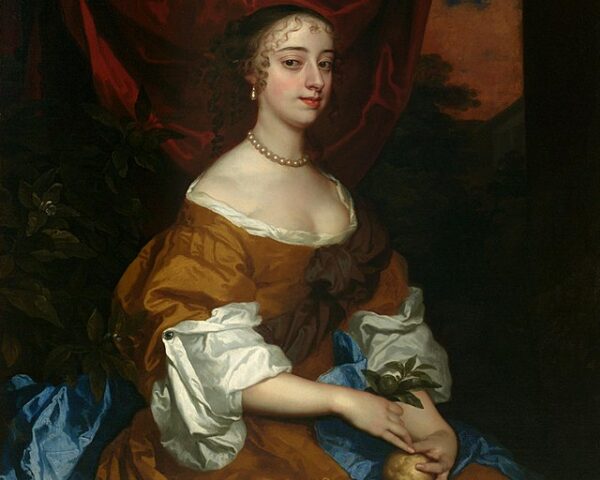On April 8, 1820, a Greek farmer named Yorgos Kentrotas made one of the most significant archaeological finds in modern history: the Venus de Milo, an ancient Greek sculpture that has since become a universal symbol of classical beauty and artistic excellence. Buried in a hidden chamber on the Aegean island of Milos, the statue quickly garnered international acclaim, although much about its origins and meaning remains uncertain.
The circumstances surrounding its discovery were both unexpected and pivotal. While searching for building stones near the remnants of an ancient theater, Kentrotas noticed a marble figure partially exposed in a wall niche. He was soon assisted by Olivier Voutier, a French naval officer and amateur archaeologist, who helped excavate the statue over several days. What they uncovered was a nearly complete statue of a strikingly elegant woman—missing both arms but otherwise remarkably preserved. The figure’s dynamic pose, known as contrapposto, displayed a refined sophistication not commonly found in earlier works, signaling a notable evolution in Greek sculptural technique.
France, eager to reclaim cultural prestige after losing major artworks such as the Laocoön and Apollo Belvedere following Napoleon’s defeat, acted swiftly. The French consul to the Ottoman Empire, Louis Brest, arranged to purchase the statue through negotiations with Kentrotas and local authorities. By May 1820, the sculpture was on its way to France. King Louis XVIII received it and donated it to the Louvre, where it was installed with great ceremony in 1821. Named Venus de Milo, after the Roman goddess of love and the island of Milos, the statue soon became a centerpiece of the museum’s collection.
Initially, art historians attributed the sculpture to the Classical period and the renowned sculptor Praxiteles. However, a now-lost inscription once located near the statue’s base indicated it may have been created by Alexandros of Antioch, dating it to around 130–100 BCE during the Hellenistic period. This later dating complicates its classical image, suggesting that its creation came at a time when Greek art embraced greater sensuality and expressive drama.
Despite scholarly debates, the Venus de Milo defies simple categorization. She is partially draped, with fabric elegantly falling from her hips, yet her expression is composed and distant. The loss of her arms has sparked endless speculation: Was she holding an apple, a mirror, or a shield? Was she Aphrodite, or perhaps another goddess altogether? The mystery only amplifies her allure.
Her impact on the art world has been profound. In the 19th century, she was hailed as the pinnacle of feminine beauty and deeply influenced the neoclassical revival. Over time, she inspired surrealist and modernist interpretations, and even entered commercial culture. Her fragmented form, far from diminishing her power, has only added to her mystique.
The story of the Venus de Milo is one of chance discovery, national ambition, and lasting artistic legacy. From a quiet hillside in Milos to the grand halls of the Louvre, her journey embodies the timeless fascination with classical art and the evolving narratives we attach to historical masterpieces. Her silent grace continues to engage audiences, an enduring enigma carved from marble and myth.





